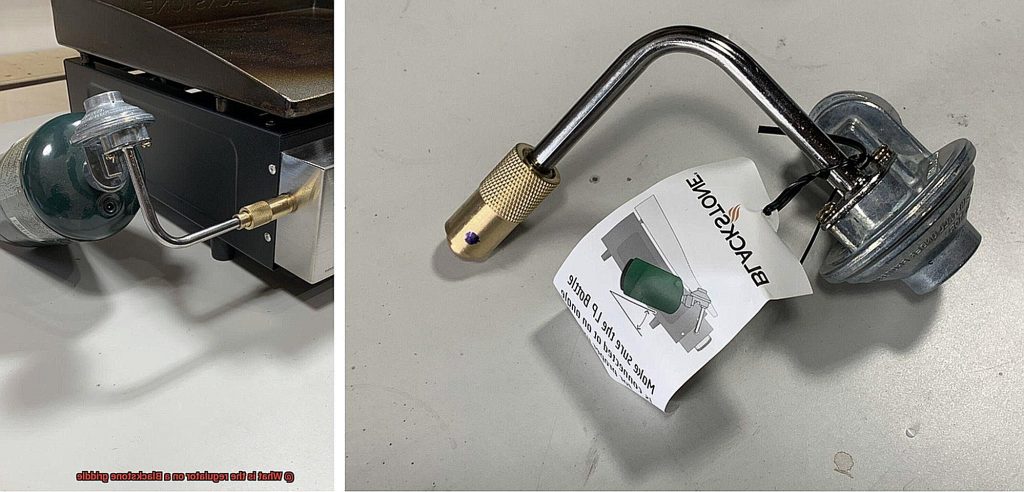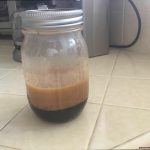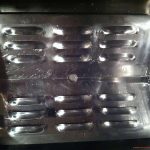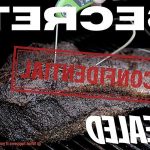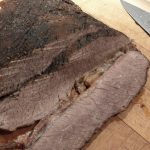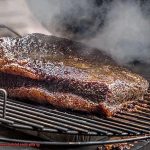Are you a die-hard barbecue aficionado searching for the perfect addition to your outdoor cooking arsenal? Look no further than the Blackstone griddle, a popular and versatile cooking tool that delivers a unique culinary experience. But what makes this gadget stand out from the rest? One key component is the regulator, an essential device that controls the flow of gas to the cooking surface.
So, what exactly is the regulator on a Blackstone griddle, and how does it work its magic? In this blog post, we’ll delve into everything you need to know about this vital piece of equipment – from its function to its benefits.
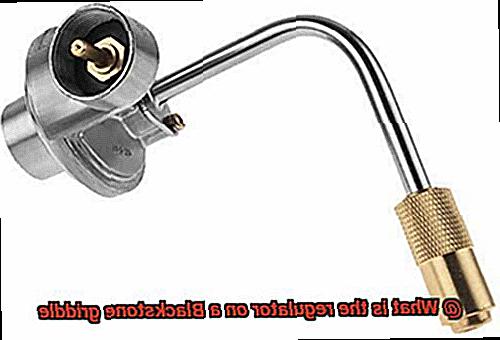
At its core, the regulator serves two primary functions. Firstly, it controls both the pressure and volume of gas flowing from your propane tank to the burners. Without a regulator in place, gas flow would be uncontrolled and potentially dangerous – even leading to explosions. Secondly, by regulating gas flow and pressure, the regulator ensures that heat is evenly distributed across the griddle’s surface. This guarantees more efficient and precise cooking results every time.
Whether you’re an experienced griddle master or new to outdoor cooking altogether, understanding how your Blackstone griddle’s regulator works is crucial for achieving perfect sears and delicious meals every time. So let’s dive right in and explore all there is to know about this essential component.
Contents
What is the Regulator on a Blackstone Griddle?
But do you know what makes your griddle work safely and efficiently? That’s right – it’s the regulator.
The regulator on your Blackstone griddle is a small but mighty component that controls the flow of gas from your propane tank or natural gas line to the burners. It regulates the pressure of the gas, ensuring that your griddle receives just the right amount for optimal performance and safety.
One of the most important functions of the regulator is its pressure relief valve. This valve ensures that your propane tank doesn’t become over-pressurized, preventing leaks or damage that could lead to dangerous accidents. And with your regulator’s dial, you can adjust the temperature of your griddle with ease, allowing you to cook up a variety of delicious meals at varying temperatures.
It’s essential to handle and use your regulator with care. Always make sure it’s connected and tightened properly to prevent gas leaks. And if you notice any damage, such as cracks or leaks, call in a professional for help right away.
How Does the Regulator Work?
Let’s dive into the mechanics of the regulator on your Blackstone griddle. Its primary function is to reduce the high-pressure gas from your tank to a lower pressure that’s safe for use on your griddle. How does it do this? By regulating both the pressure and flow of gas, ensuring that it’s consistent and safe for use.
Your regulator connects to the propane tank via an inlet and an outlet, which are attached to a hose or pipe. The inlet connects to the tank, while the outlet connects to your Blackstone griddle. Once connected, the regulator maintains a constant gas pressure of around 11 inches of water column (WC), which is perfect for powering your griddle’s burners.
Of course, safety is paramount too. Your regulator features an automatic safety shut-off that stops the flow of gas if there’s a sudden surge or drop in pressure. This crucial safety feature helps prevent accidents and ensures that you can cook with confidence on your Blackstone griddle.
It’s important to note that if you notice any issues with your regulator, such as inconsistent gas pressure or leaks, you should stop using your griddle immediately and have it inspected by a professional. Regular maintenance and inspections can help keep your regulator functioning correctly and keep you safe while cooking up a storm on your Blackstone griddle.
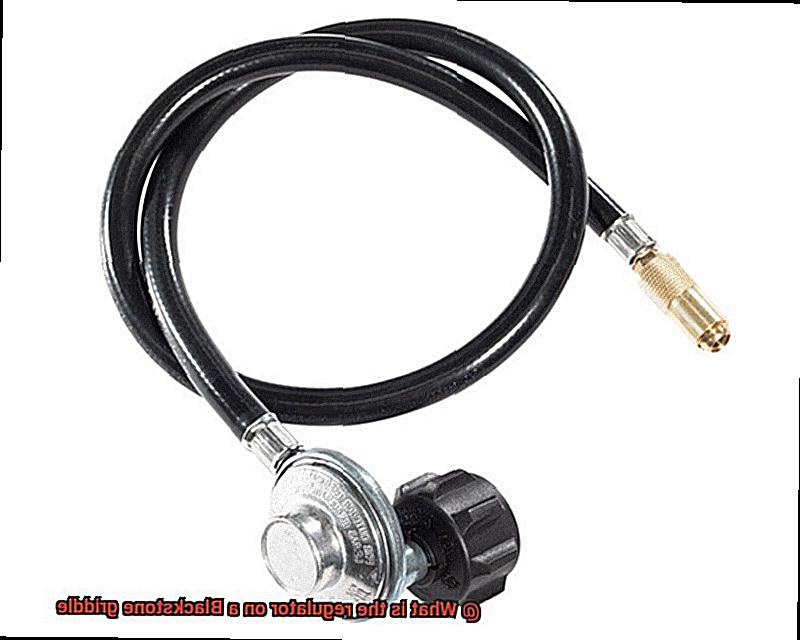
The Pressure Relief Valve
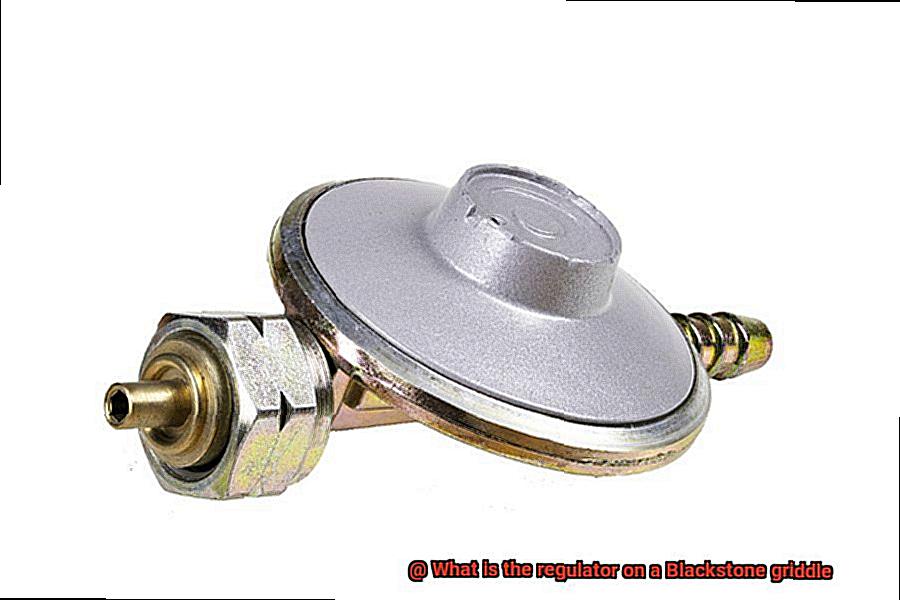
That’s where the Pressure Relief Valve (PRV) comes in. This tiny yet critical component is situated on the propane tank itself, not on the regulator or griddle. Its job is to release excess pressure from the tank before it becomes hazardous.
Propane naturally builds up pressure in the tank when exposed to high temperatures. And if this pressure isn’t released properly, it can become dangerous. The PRV is designed to open when the pressure inside the tank reaches a certain level, allowing propane to escape and preventing the tank from rupturing.
It’s important to note that the PRV is not part of the regulator and works independently as a safety feature. So, if you encounter any issues with your regulator or griddle, such as low heat output or difficulty lighting burners, it’s unlikely that the PRV is the cause. Instead, consult your owner’s manual or contact Blackstone customer service for assistance.
The Temperature Dial
However, to achieve the best results, it’s essential to understand the various components and how to use them correctly. The temperature dial is one of the most crucial components of your griddle as it controls the flow of gas from your propane tank to the burners, which ultimately determines the temperature of your cooking surface.
Located on the front panel of your Blackstone griddle, the temperature dial is marked with temperature ranges or specific heat settings. Depending on your model, the range may vary between 200 and 500 degrees Fahrenheit. Whether you have a continuous dial or specific heat settings like Low, Medium, and High, it’s important to know how to adjust and use the temperature dial correctly.
To start using your temperature dial, first turn on your propane tank and ignite the burners. Then, adjust the temperature dial to your desired heat setting or temperature range. But don’t forget to monitor the cooking surface’s temperature with a thermometer to ensure that it reaches the desired temperature before adding food.
It’s important to keep in mind that different foods require different temperatures. For example, if you’re searing a steak, you’ll need a higher temperature to get that perfect brown crust while keeping the inside rare or medium-rare. On the other hand, if you’re cooking pancakes or eggs, a lower temperature will prevent them from burning.
Weather conditions can also affect your griddle’s performance. If it’s windy or cold outside, it may take longer for your griddle to reach the desired temperature. Similarly, if it’s hot and sunny, your griddle may heat up faster than usual.
Ensuring Proper Functioning of the Regulator
As you embark on your culinary journey, it’s important to keep a close eye on your griddle’s regulator. This unsung hero is responsible for controlling the flow of propane gas to the burners, and its proper functioning is crucial for safe and efficient cooking. In this post, we’ll take you through some simple steps to ensure that your regulator is operating at peak performance.
Step 1: Check for Damage
To ensure that your regulator is functioning correctly, it’s crucial to inspect it regularly for any signs of wear or damage. Even the tiniest crack or leak can cause a gas leak, which can be extremely dangerous. Ensure that your regulator is securely attached to both the propane tank and the griddle.
Step 2: Keep it Clean
Keeping your regulator clean and free from debris is essential in maintaining its proper functioning. Dust, dirt, and other particles can accumulate inside the regulator, causing it to malfunction or become clogged. Regular cleaning with a soft-bristled brush can prevent this from happening and keep your regulator running smoothly.
Step 3: Monitor Pressure Levels
Checking the pressure of your regulator regularly is another critical step in ensuring its proper functioning. A Blackstone griddle operates best when the pressure is between 11-14 inches water column (WC). Using a pressure gauge can help you determine if your regulator is functioning correctly and if the pressure levels are within the acceptable range.
Step 4: Replace When Necessary
If you notice any issues with your regulator, such as low heat output or an uneven flame, it may be time to replace it. A malfunctioning regulator can compromise your cooking temperature and even pose safety hazards. Don’t hesitate to replace a damaged or faulty regulator promptly to avoid any potential mishaps.
0_TimWCOxkI” >
Conclusion
In conclusion, the regulator is the unsung hero of your Blackstone griddle. This small but mighty component controls the flow of gas to the cooking surface and ensures that your meals turn out perfectly every time. With two primary functions, controlling gas pressure and volume from the propane tank to the burners and ensuring even heat distribution across the griddle’s surface, it’s clear that this little gadget is a crucial part of your grilling arsenal.
But let’s not forget about safety. The pressure relief valve is an essential feature that prevents over-pressurization of propane tanks, while the temperature dial controls gas flow and ultimately determines the cooking surface’s temperature. Keeping your regulator in top shape means inspecting it regularly for damage, keeping it clean, monitoring pressure levels using a pressure gauge, and replacing it when necessary.
When handling and using your Blackstone griddle, safety should always be a top priority. Make sure that your regulator is connected and tightened properly to prevent gas leaks. And if you encounter any issues with your regulator or griddle, stop using them immediately and contact a professional for assistance.
So whether you’re a seasoned outdoor cook or just starting out on your griddling journey, understanding how your Blackstone griddle’s regulator works can help you achieve delicious results every time.

